Lampholders and bases: types and special features
Due to the large number of illuminants and their different areas of application, there are now quite a number of different bases and matching sockets. We have put together a small guide to help you find your way around the world of sockets and lampholders - for example, to replace your current lamps with LED lamps.
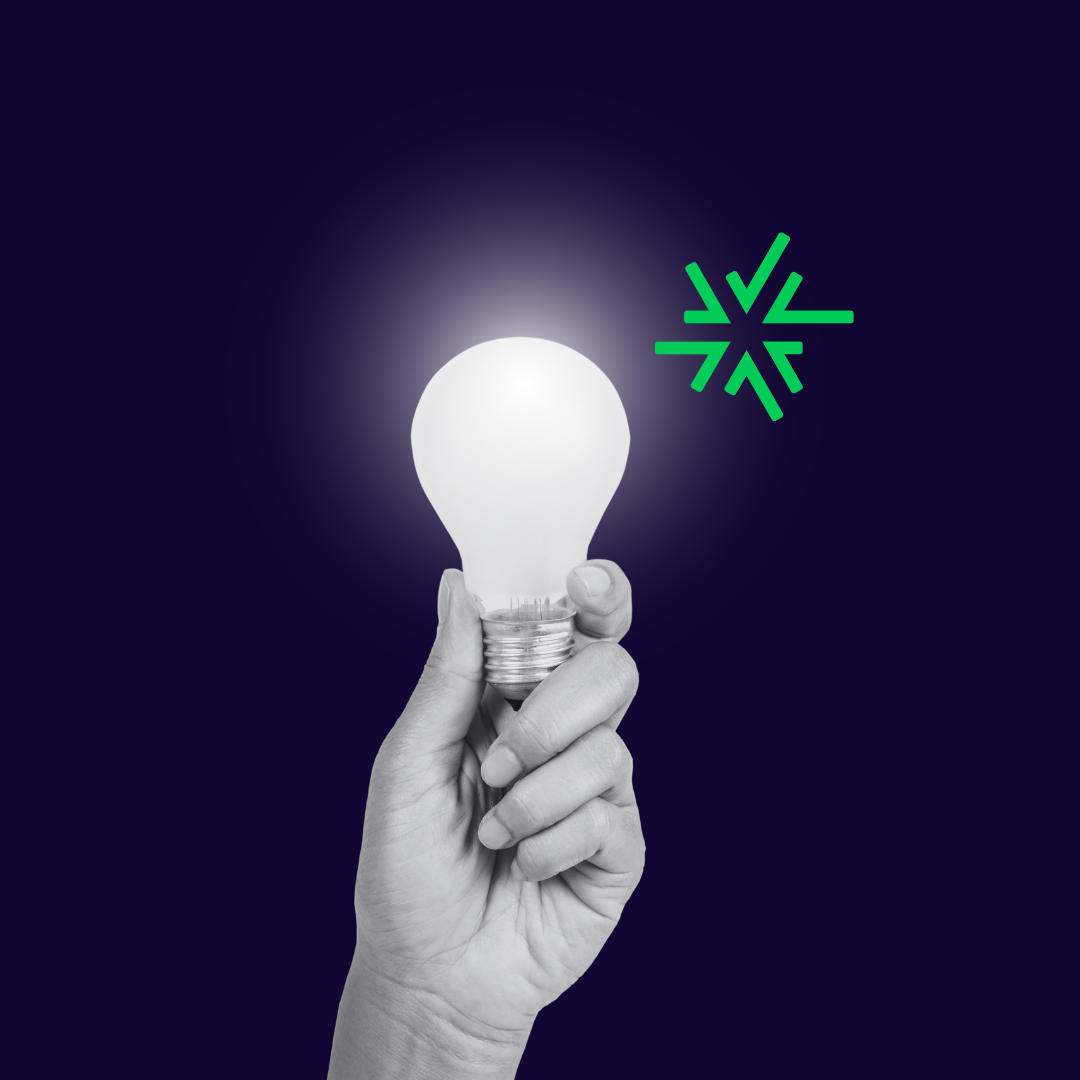
What is the difference between socket and base?
The lampholder is part of the luminaire, it fixes the lamp and ensures that the lamp is supplied with power. It consists of non-conductive materials, mostly ceramic. A lampholder can only be combined with a lamp that has the appropriate base.
The lamp base is part of the illuminant and is responsible for establishing the electrical and mechanical contact to the socket.
What should be observed when replacing lamps?
As a rule, it is easy to replace conventional incandescent lamps or halogen lamps with an economical LED lamp - as long as the base of the required lamp is known.
Manufacturers have developed LED retrofit lamps for the many types of bases. As the name suggests, these are equipped with one of the standardized bases of the "old" lamp. This also allows a compatible replacement of some discharge lamps with efficient LED light sources.
Edison-Socket
Lamp socket E27:
Probably the best known and most common socket: the classic socket with Edison thread for standard incandescent lamps. It is therefore often referred to as the bulb thread. The name E27 comes from the fact that the outer diameter of the thread measures 27mm. There is a wide range of LED replacement lamps for E27 sockets, which now offer cool features. We recommend for example the Farluma LED lamp. It can be dimmed by repeated switching without any additional controller installed. The lamps are available in different light colours and designs and therefore offer great flexibility. In addition, it is not only quite inexpensive to purchase, but also saves you a lot of energy costs.
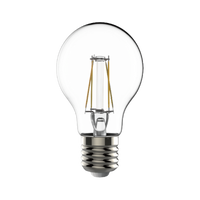
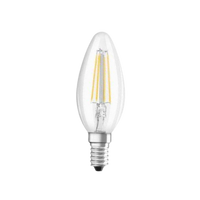
Lamp socket E14:
Also known as mignon or candle socket. As the name suggests, the outer diameter of this base is 14mm. It is used in chandeliers, but in everyday objects such as ovens, refrigerators, extractor hoods, sewing machines, etc.
A change to LED lamps is worthwhile here especially because of the longevity of LEDs. Depending on the area of application, the replacement of the light source is often difficult and cumbersome.
It goes without saying that the suitability of the lamp for the respective area of application must be taken into account.
Tube socket
Lamp socket G13/G5:
The G13 sockets are typical for the T8 fluorescent tubes. At the end of such a tube there are two pins with a distance of 12.7mm to each other.
Compared to that the G5 socket is smaller and can be found on the thinner neon tubes, the T5 versions. The pins have only a distance of 4.75mm.
Since T5 tubes are usually more energy-saving than the T8 version, it is worthwhile to exchange the two. For this purpose there are adapters which reduce the base to the appropriate diameter.
Even greater savings can be achieved by replacing the T8 with a suitable LED retrofit lamp.
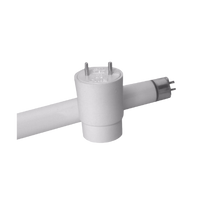
Pin bases for halogen lamps (Bipin)
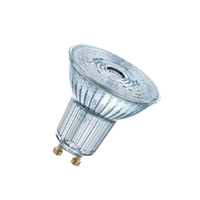
Lamp socket GU10 and GZ10:
The base consists of two pins that provide contact and mechanical hold in the lamp socket.
But beware! Here you have to be careful when exchanging them, the two sockets are only partly interchangeable. While the GU10 lamp fits into the GZ10 socket, the GZ10 does NOT fit into the GU10 socket!
Lamps with GU10 and GZ10 bases are used in a wide range of applications. As halogen lamps have a relatively high energy consumption, it is worth replacing them with efficient LED solutions.
As you can see, replacing or switching to LED is not that difficult, there are now many alternatives and options.
You can find information about the socket with which a particular light source is compatible in the product data sheet or under the "Technical data" in our store.
Alternatively, our lighting experts will be happy to help you!
